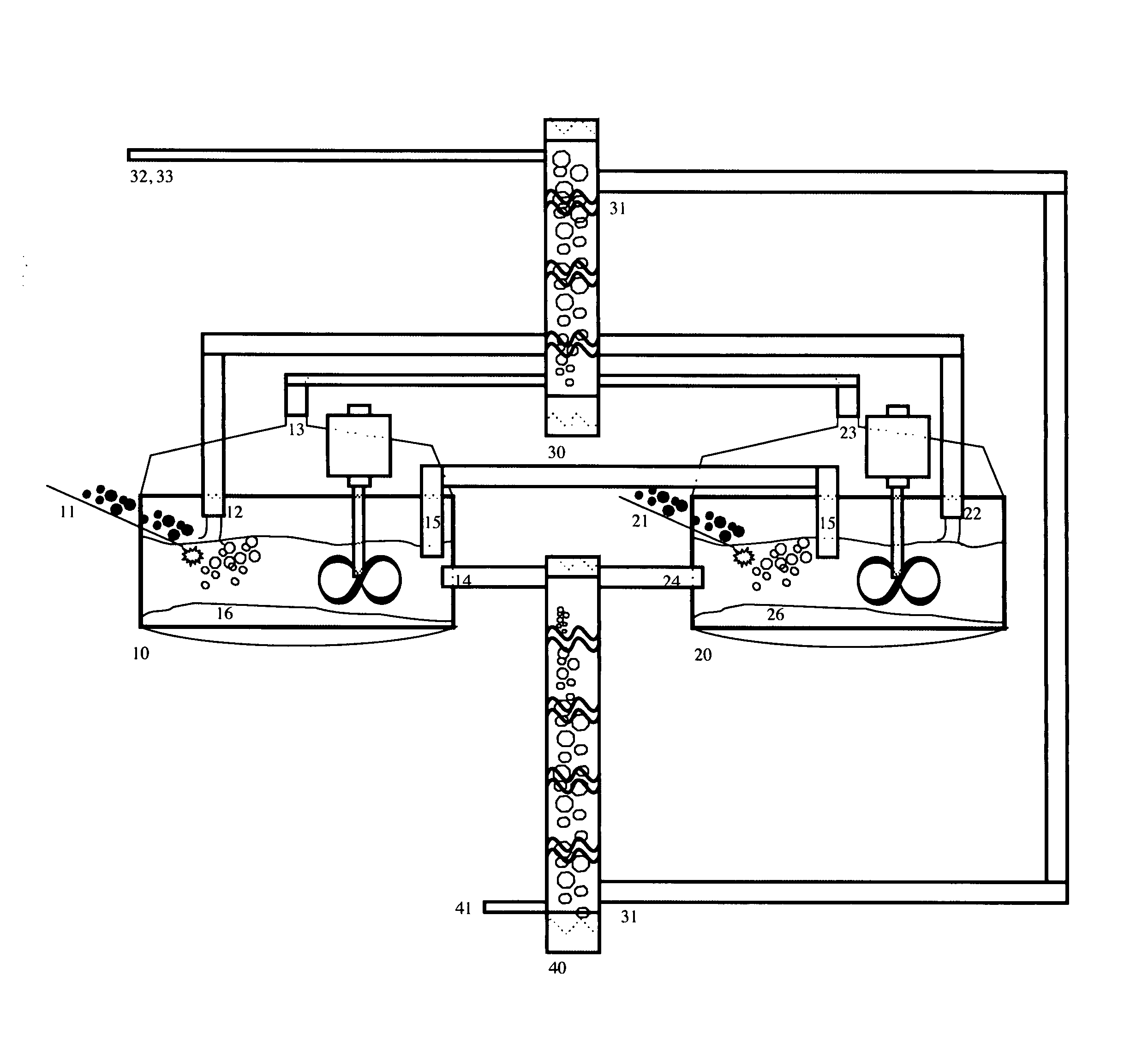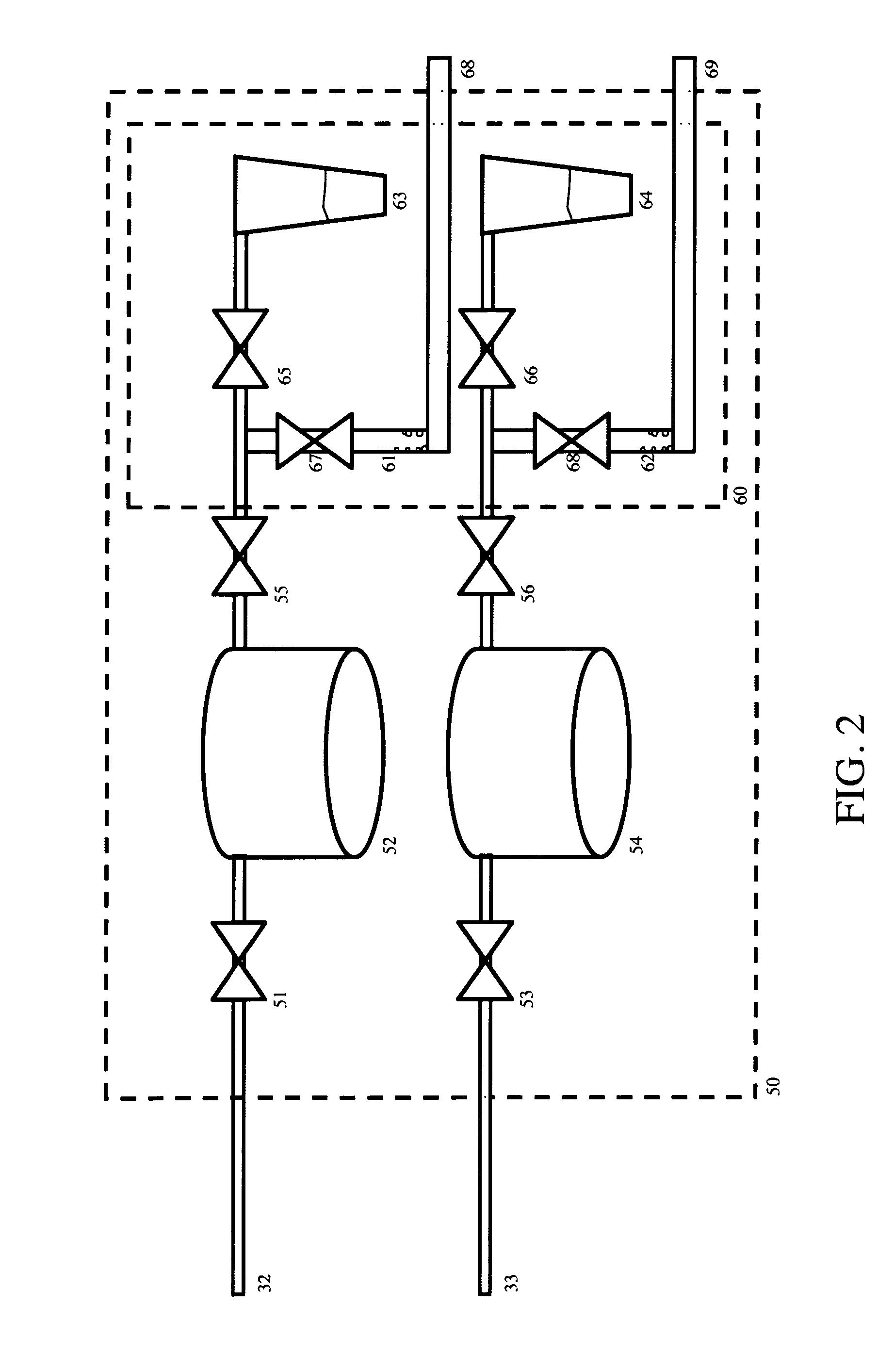Fluorspar/Iodide process for reduction,purificatioin, and crystallization of silicon
a technology of fluorspar and iodide, which is applied in the direction of iodine/hydrogen-iodide, chemistry apparatus and processes, and silicon compounds, can solve the problems of complex and convoluted current state of the art process for making pure silicon crystals, requiring energy-intensive process temperatures, and reducing the production cost of photovoltaic solar cells. , to achieve the effect of improving the process for making high-purity silicon metals and reducing
- Summary
- Abstract
- Description
- Claims
- Application Information
AI Technical Summary
Benefits of technology
Problems solved by technology
Method used
Image
Examples
Embodiment Construction
[0027]The invention provides methods and apparatus for generating one or more ultrapure silicon products containing tailored levels of impurities. Variable grades of silicon, iodine, metal fluoride salts, and gypsum can be produced at very high throughputs and very low cost with the process and apparatus disclosed herein. The best mode of this invention is to enable the high-throughput, low-cost and zero-carbon manufacture of high-purity crystalline silicon for use in photovoltaic cells.
[0028]FIG. 1 shows the following: crushed fluorspar ore is introduced through conduit 11 into the first mixing tank 10 in Unit 1. A sulfuric acid stream 12 flows from the second stage mixing column 30. The resulting reaction creates an insoluble gypsum product 16 which collects at the bottom of mixing tank10, a reaction gas stream 13, composed primarily of silicon tetrafluoride, which flows into mixing column 30, suspended particles of silicon dioxide, hydrofluoric acid, and fluosilicic acid, which a...
PUM
| Property | Measurement | Unit |
|---|---|---|
| pressure | aaaaa | aaaaa |
| weight | aaaaa | aaaaa |
| temperature | aaaaa | aaaaa |
Abstract
Description
Claims
Application Information
 Login to View More
Login to View More - R&D
- Intellectual Property
- Life Sciences
- Materials
- Tech Scout
- Unparalleled Data Quality
- Higher Quality Content
- 60% Fewer Hallucinations
Browse by: Latest US Patents, China's latest patents, Technical Efficacy Thesaurus, Application Domain, Technology Topic, Popular Technical Reports.
© 2025 PatSnap. All rights reserved.Legal|Privacy policy|Modern Slavery Act Transparency Statement|Sitemap|About US| Contact US: help@patsnap.com



